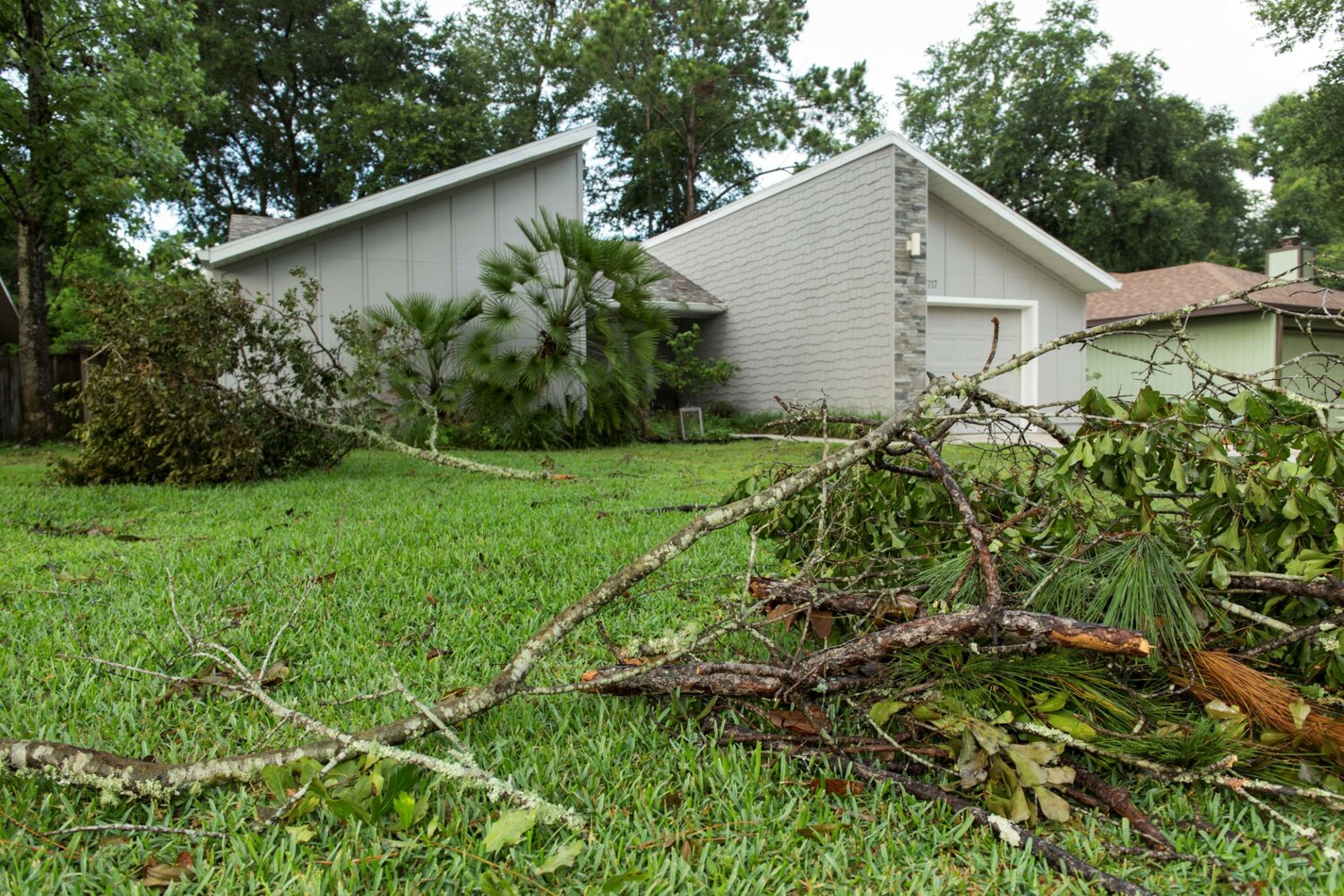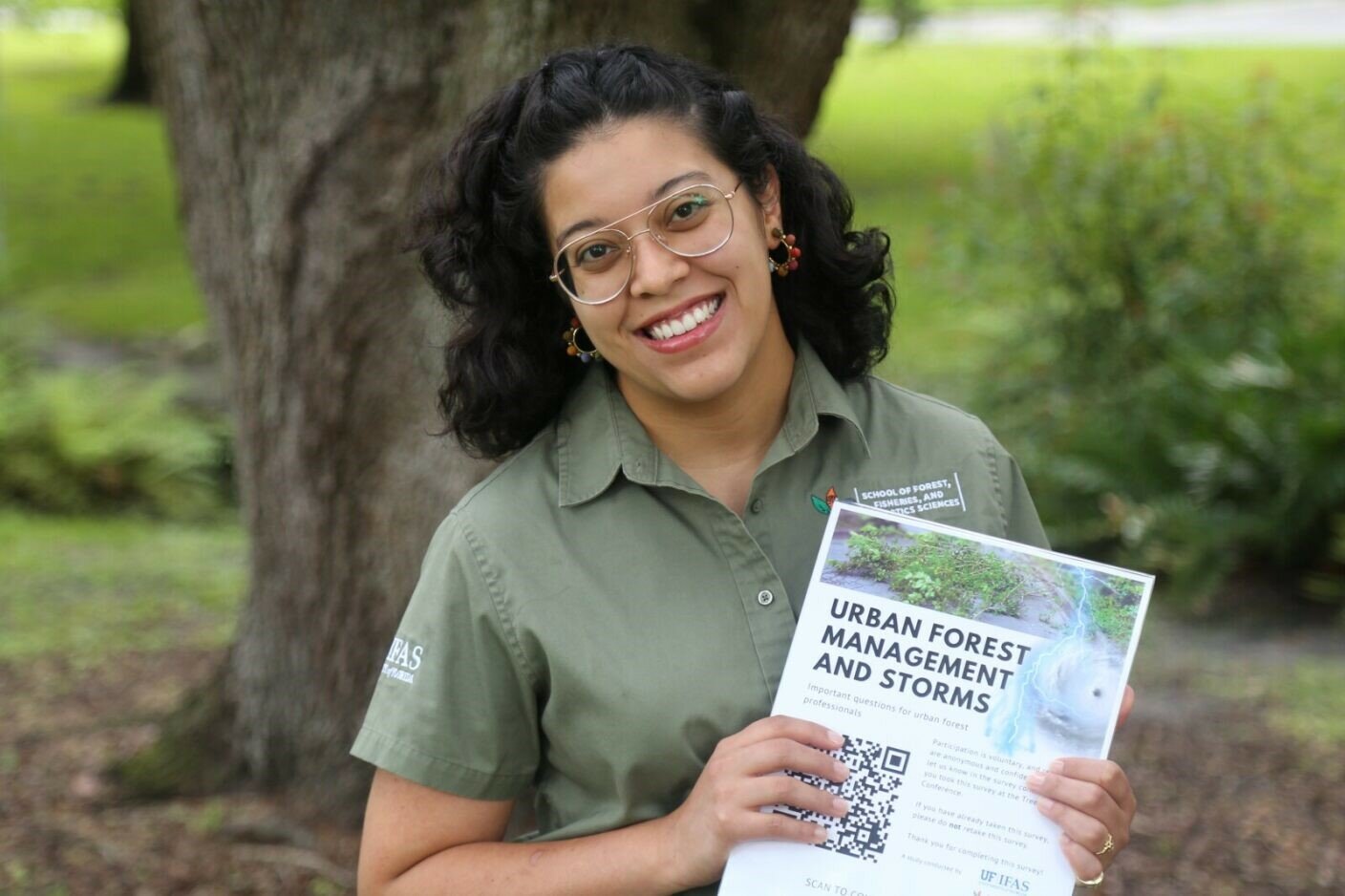UF studies challenges of managing urban trees, storms
Trees can provide much-needed shade in cities, reducing the “heat island” effect. These benefits underpin the growth of urban tree-planting campaigns worldwide. But they can also topple in …
This item is available in full to subscribers.
Attention subscribers
To continue reading, you will need to either log in to your subscriber account, below, or purchase a new subscription.
Please log in to continueDon't have an ID?Print subscribersIf you're a print subscriber, but do not yet have an online account, click here to create one. Non-subscribersClick here to see your options for subscribing. Single day passYou also have the option of purchasing 24 hours of access, for $1.00. Click here to purchase a single day pass. |
UF studies challenges of managing urban trees, storms
Trees can provide much-needed shade in cities, reducing the “heat island” effect. These benefits underpin the growth of urban tree-planting campaigns worldwide.
But they can also topple in storms, generating headaches and possibly heartache — a salient point as we enter the heart of hurricane season.
“As we grapple with increased storms, it is critically important for Floridians to remember that although trees may pose a threat during storms, trees are also vitally important for buffering storm winds, reducing stormwater runoff, reducing carbon emissions and providing shade and habitats for wildlife, among many other benefits,” said Mysha Clarke, an assistant professor of human dimension of natural resources in the University of Florida School of Forest, Fisheries and Geomatics Sciences.
“While residents should be cautious about trees and storm preparation, it is best to do regular assessments for the health of your trees and avoid rushing to cut down all trees without proper information about whether those trees pose an actual risk,” Clarke said. “Trees may create risk during storm events, but healthy trees in the right place also provide an invaluable number of benefits to society and the environment.”
Urban tree professionals must plant and maintain the proper canopy and then manage the trees before and after storms, including hurricanes.
So, for newly published research, UF/IFAS researchers interviewed 17 tree professionals in Jacksonville, Philadelphia and Minneapolis, metropolitan areas that represent a range of climatic contexts and have relatively urban solid forestry programs.
Researchers asked the tree experts about their challenges and how they cope with them.
The research found tree officials in the participating cities are limited by budgets, equipment and staff, among other issues. However, the experts also emphasized that planning and collaboration are crucial to managing tree damage before and after storms.
“Storms catalyze collaboration opportunities by uncovering needs, shortcomings and overlaps in organizations’ goals,” said Stephanie Cadaval, who led the study as a forest resources and conservation doctoral student under Clarke’s supervision.
City forestry officials emphasized that foresight about climate change is helping city trees and residents, Cadaval said.
“To be proactive and collaborate, you can’t overlook communication, and you must develop trust among stakeholders,” she said.
That includes listening to and relying on residents. For instance, urban forestry professionals may use reports from residents to identify the locations of downed trees or other service needs after a storm.
“It should be remembered, especially before storm seasons pick up, that the public can report trees needing maintenance or removal and lessen the pressure on tree crews rushing to work on emergency calls and preparations once storms have been announced,” Cadaval said.
Residents can report potentially unsafe urban public trees to their county offices, local utility providers, or the Florida Department of Transportation, or they can get an assessment of their private trees using certified professionals, for example, from a listing on the International Society of Arboriculture.










